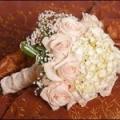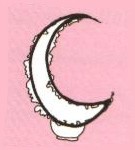The secret to creating unique containers is…
*drumroll*
Imagination. Indeed, imagination mixed with a little bit of creativity is the secret to creating some of the most fabulously unique containers for all of your arrangements. The most valued vases aren’t the ones that are the biggest and the brightest (necessarily) but rather the ones that express the most unmatched and distinctive qualities.
Creating your own containers and vases is an excellent cost saving measure because it spares the fancy price tag of buying a set amount of someone else’s creations. Better still, each vase or container becomes instantly one-of-a-kind. There may be similar ones crafted by your own hand, but no two are exactly alike. What a great selling point for a unique gift idea!
Creating Unique Vases Step By Step
There are many ways to design and create your own unique vases. To get you started, here is a technique that many florists have found to be an eye-catching design to customers.
Ribbon is a staple item in local flower shops. It brightens an arrangement and adds color where more is needed. It softens the appeal of the bouquet while adding a very distinctive look. There is, however, another way that ribbon is being used that draws on these well-known qualities. Wrapping ribbon around the vase or container is becoming very popular. Not necessarily covering the entire outside of the vase, a small amount of ribbon can be wrapped around the vase to make a very pretty and distinctive pattern. This enhances the beauty of the flower arrangement while adding an extra pop of color and style. Take a look!
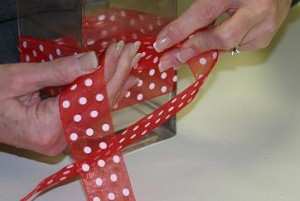
Form a bow by twisting the two ends of the ribbon around each other over the center of the vase, making sure to line up the knot with the others.

After twisting to form the knot, pull both ends tightly. Maintain pressure while wrapping around again or the knot will loosen and come undone.
Like what you see? Find another great tip for creating your own unique vases in this month’s Aspects of Design post.


 Find Your
Find Your 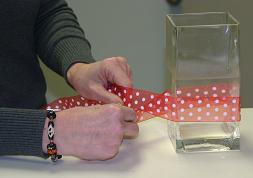
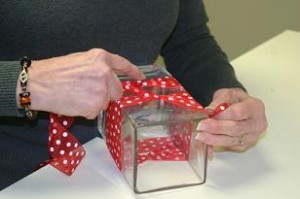
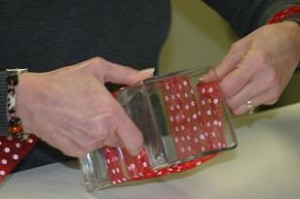

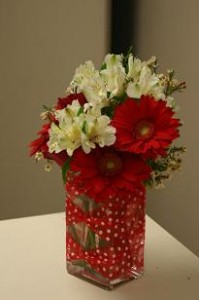
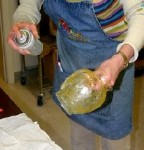
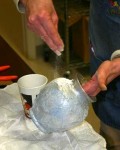
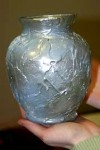
 One of the best things about art class was being able to mix the paints and see all of the variations of color that formed from the controlled spills. Our eyes are naturally drawn to color and soak up the creative hues. Well, florists have the same opportunity every time an arrangement is started. Flowers come in a rainbow of colors so blending the shades and hues into a dazzling, eye-catching bouquet is truly an artform.
One of the best things about art class was being able to mix the paints and see all of the variations of color that formed from the controlled spills. Our eyes are naturally drawn to color and soak up the creative hues. Well, florists have the same opportunity every time an arrangement is started. Flowers come in a rainbow of colors so blending the shades and hues into a dazzling, eye-catching bouquet is truly an artform.  Tertiary colors are the colors between primary and secondary colors on the color wheel. Red-orange, red-violet, blue-violet, blue-green, yellow-green, and yellow-orange are the tertiary colors. These are formed from mixing a primary color with the closest secondary color on either side according to the color wheel. Tertiary colors are particularly appealing in
Tertiary colors are the colors between primary and secondary colors on the color wheel. Red-orange, red-violet, blue-violet, blue-green, yellow-green, and yellow-orange are the tertiary colors. These are formed from mixing a primary color with the closest secondary color on either side according to the color wheel. Tertiary colors are particularly appealing in  Using these color schemes, a florist can easily create dimension and a colorful dynamic in flower arrangements. Knowing which colors appeal the most to the eye when paired with other colors is as much a matter of science as talent. While no one doubts the designer’s eye of a florist, using the color schemes of the color wheel provides another form of inspiration for floral designers.
Using these color schemes, a florist can easily create dimension and a colorful dynamic in flower arrangements. Knowing which colors appeal the most to the eye when paired with other colors is as much a matter of science as talent. While no one doubts the designer’s eye of a florist, using the color schemes of the color wheel provides another form of inspiration for floral designers.
